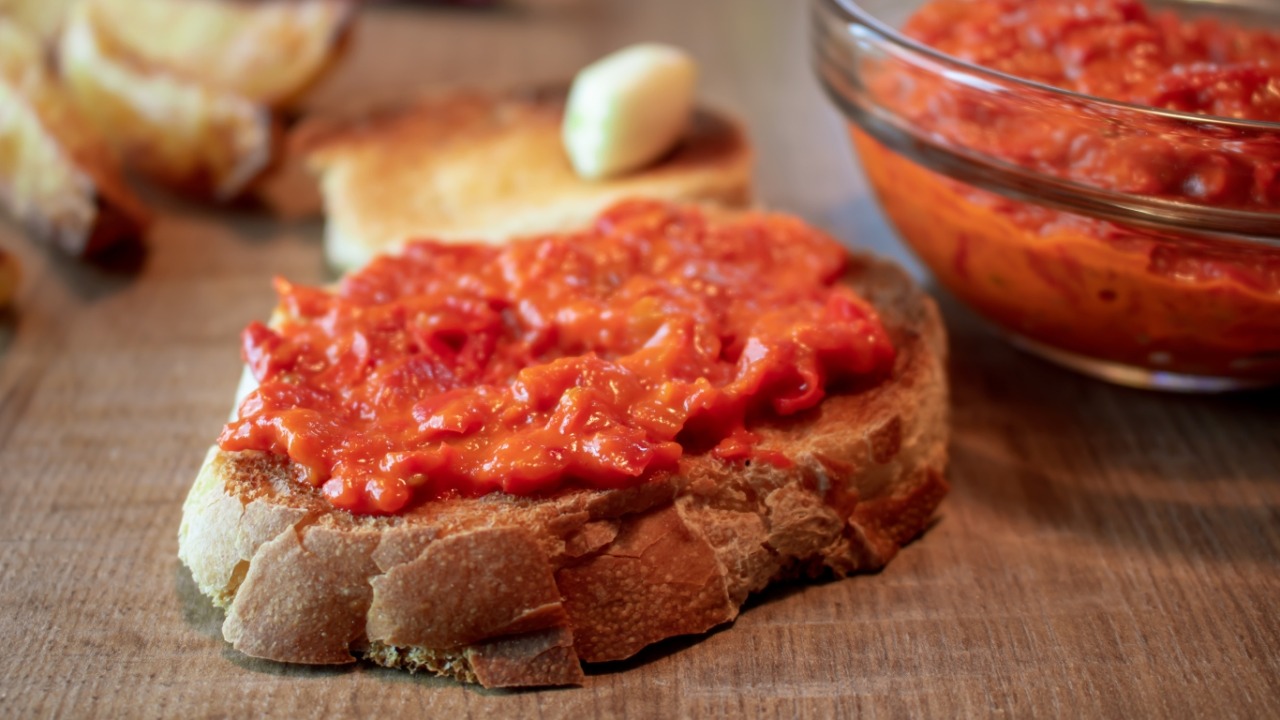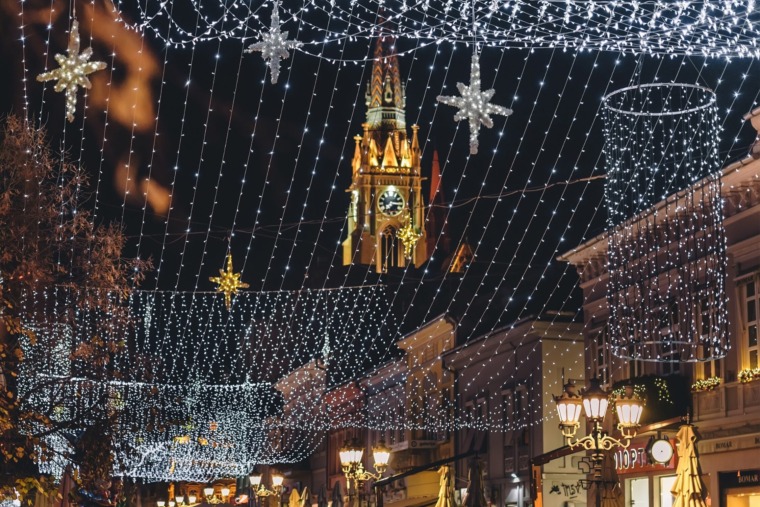

When the summer peppers and eggplants are fully ripe, Serbian households come alive with one of the most cherished culinary rituals: making ajvar. More than just preparing a condiment, ajvar-making is a seasonal event that brings families, neighbors, and friends together. It is a celebration of community, patience, and tradition – a ritual as vibrant and rich as the red peppers that form its base.
Historical roots and cultural significance
Ajvar has been a part of Serbian cuisine for generations. Its origins lie in the fertile plains of the Balkans, where local communities preserved vegetables to last through the long winter. Preparing ajvar was a way to capture the flavors of summer and keep them alive until the first spring harvest. Over time, it evolved from a simple food preservation method into a beloved tradition, celebrated not only for taste but also for its social and cultural significance.
The process – patience and teamwork
Making ajvar is a labor of love. Families start by roasting red peppers over open flames or in the oven until their skins are charred. Eggplants, garlic, and sometimes chili peppers join the mix, creating a complex symphony of flavors. The vegetables are peeled, ground, and slowly cooked with oil and salt for hours, stirring constantly to achieve the perfect consistency.



This is rarely a solitary task. Traditionally, neighbors and relatives gather to help peel, grind, and stir, exchanging stories, laughter, and music as the aroma of roasting peppers fills the air. In some villages, entire communities turn ajvar-making into a festive event, with children running between kitchens and elders sharing their secret family recipes.
A symbol of generosity and hospitality
Ajvar is not just for the family that makes it. Once jars are filled and sealed, they are shared with friends, neighbors, and visiting relatives.

Presenting a jar of homemade ajvar is a gesture of love, friendship, and respect – a way to say, “You are welcome in my home, and I wish to share the fruits of our labor with you.”
More than a condiment – a ritual that preserves heritage
Each jar of ajvar tells a story: of the season’s harvest, of hands that worked together, and of traditions passed from one generation to the next. In an era of supermarkets and mass production, making ajvar by hand remains a treasured ritual, a connection to the land, to family, and to the rhythms of rural life.

In Serbia, ajvar is more than a spicy red paste – it is a celebration of togetherness, patience, and cultural identity. The ritual transforms ordinary vegetables into something magical, linking generations and reinforcing the bonds that make Serbian communities unique. To participate in ajvar-making is to taste not only the flavors of autumn but also the spirit of Serbia itself.
Related Articles


Tourist Holiday Guide to Serbia: Tips, Traditions & What to Expect
December 20, 2025
Snow-Free Serbia Travel Ideas for 2026
December 17, 2025
What to Do with Kids in Serbia: Family-Friendly Holiday Ideas
December 14, 2025





